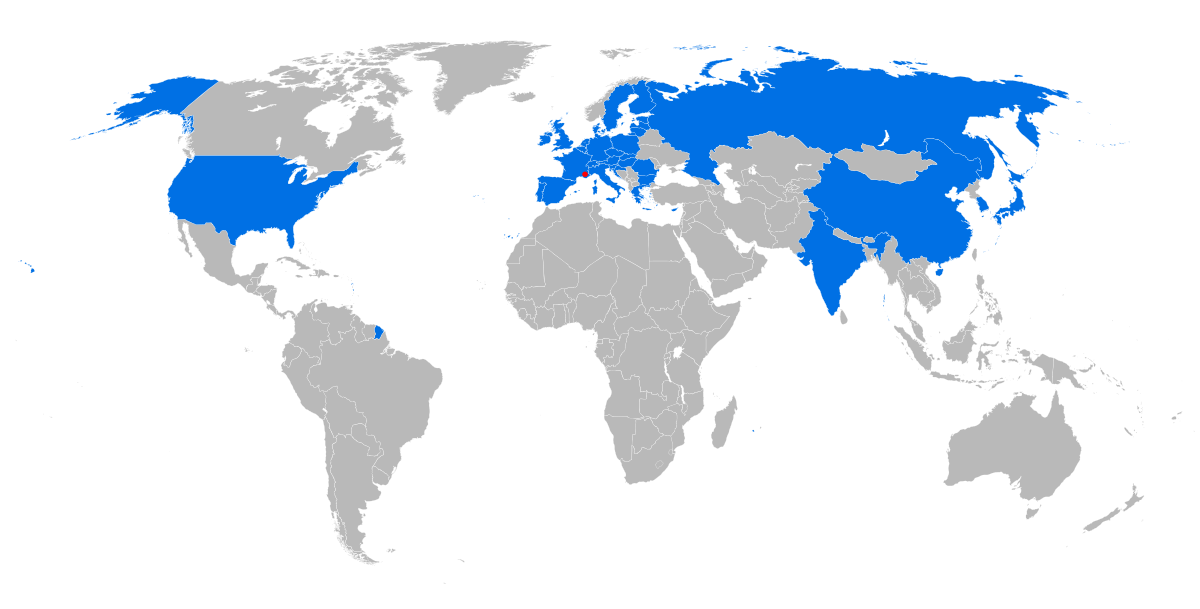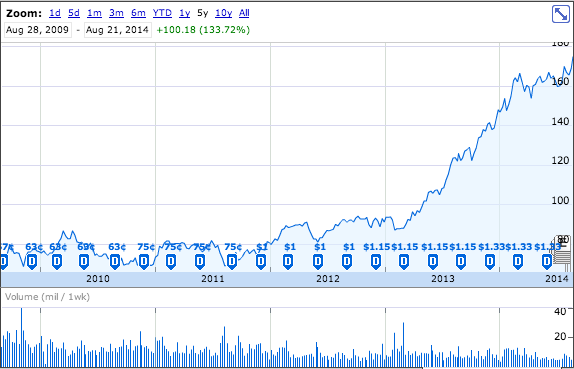WASHINGTON (Reuters) - Lockheed Martin Corp said on Wednesday it had made a technological breakthrough in developing a power source based on nuclear fusion, and the first reactors, small enough to fit on the back of a truck, could be ready for use in a decade.
One a side note, Tesla plans to build a pickup.
JK


 )..... Just say'n.
)..... Just say'n.




Comment